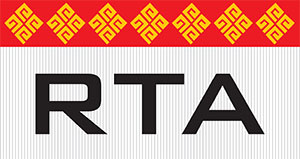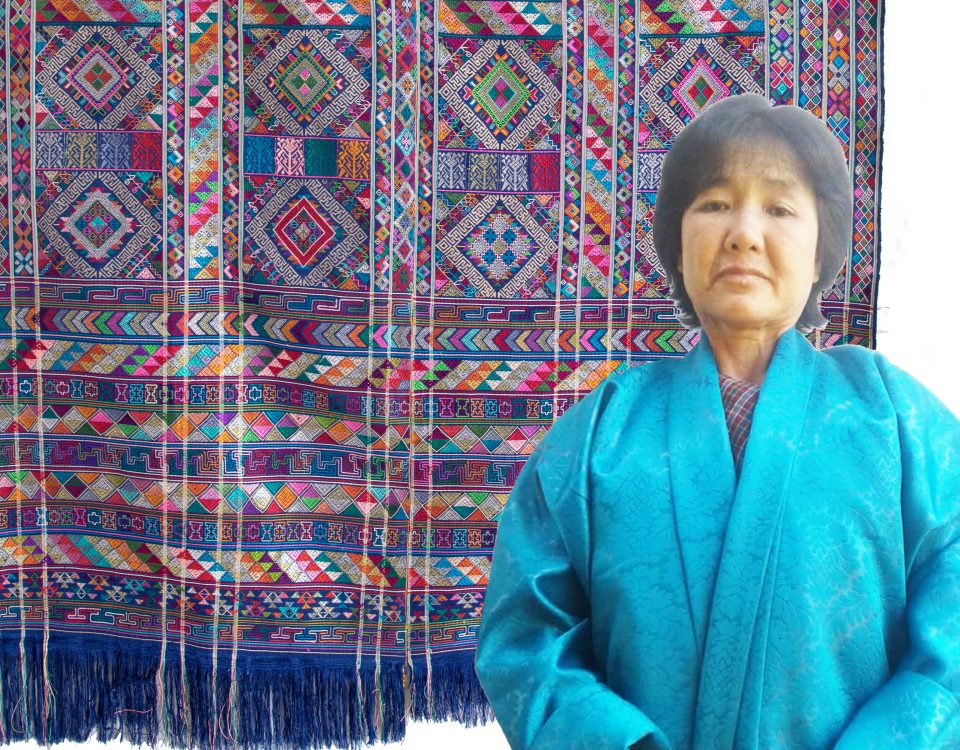PM lists how the government highlighted Bhutanese culture
From art, crafts, language, literature, music and films to spirituality, the government has taken numerous steps to preserve and promote Bhutanese culture, according to the State of the Nation report.
The Prime Minister Lyonchhen Jigmi Y. Thinley in his recent state of the nation report delivery to parliament detailed the developments on these fronts.
Choedhey Lhentshog (Commission for Religious Organizations) which was established in 2009 has registered 80 organizations till date.
Taking Bhutanese culture overseas, Bhutan was the star attraction at the 42nd Smithsonian Folk Festival – the biggest cultural festival in the world in Washington D.C. drawing 1.5mn people besides 40mn television viewers. Meanwhile, “The Dragon’s Gift: the Sacred Arts of Bhutan” exhibition bagged the tag as one of the most successful exhibitions of Buddhist Art in recent years, drawing millions of visitors in various American and European cities.
“The Peaceful Dragon Textile Arts from the Kingdom of Bhutan” exhibition was held in Germany while the Bhutan Garden received the Excellence Award at the Taipei International Flora Exposition in 2010. Further, a 74-day exposition of Sangay Oedhsung’s Tooth Relic of Zhung Dratsang was successfully displayed in four venues in Thailand.
Back home, over 500,000 Bhutanese received blessings from the relics of the Buddha and his two disciples, Saribu and Mougelgibu, which were brought from Bodh Gaya in October 2011.
Of monuments reconstructed and redeveloped, Semtokha Dzong was established as the Central Institute of Monastic Arts, and Trongsa Ta Dzong as the Tower of Trongsa Museum housing the treasures of the Wangchuck dynasty.
New Dzongs at Tsirang and Chukha were inaugurated while the construction of new Pemagatshel Dzong is underway. Likewise, the renovation and development of Paro, Lhuentsi and Dagana Dzongs are nearly complete while the Wangdue Dzong, tragically gutted in 2012, is to be rebuilt and restored to its former glory. Dechenphug Lhakhang complex, Pangrizampa Lhakhang and the new Astrology School, Wangditse Lhakhang, and Dechenphodrang Monastery were renovated and redeveloped. The government also supported the construction of the 169 ft. Shakyamuni Buddha Statue in Thimphu; the 148 ft. Guru Nangsi Zilnon Statue at Tangmachu, Lhuentsi, and the 45 ft. Walking Buddha Statue at the Centenary Park in Thimphu.
A guest house is being built at Rajgir in Bihar for the safety and convenience of Bhutanese pilgrims.
In performing arts, the Dochula Druk Wangyel Tshechu was inaugurated, and the Punakha Tshechu elaborated to reflect the life and legacy of Zhabdrung Ngawang Namgyel.
The National Museum and the Royal Academy for Performing Arts (RAPA) documented most mask dance traditions, folklores and songs of Bhutan. The museum also organized a permanent display to showcase the different types of mask dances performed around the country.
Meanwhile, a National Color Guard Ceremony has been initiated at Tashichhodzong and, likewise, a giant-sized flag flies at the Royal Bhutan Police (RBP) grounds to greet every person who enters or departs from the capital city.
The Dzongkha Development and Promotion Strategy Framework has been put in place besides which other initiatives to promote the national language included a national survey to assess the knowledge and standard of Dzongkha among class X students; compilations of a new edition of the Dzongkha grammar book and 2,000 traditional Dzongkha terminologies from villages around the country; pocket English-Dzongkha Pocket Dictionary for students; and, digital Dzongkha-English and English-Dzongkha dictionaries on mobile phones using Dzongkha keyboard and Android software.
Bhutan also witnessed growth in literary activities in the past five years with a large number of poets, writers and folk-lorics emerging to the fore. The National Book Registry issued ISBN numbers for 1,128 books since 2007 even as Mountain Echoes Festival has become an important annual event.
To promote indigenous arts and crafts, a platform for local weavers and designers to innovate, promote and showcase their talents has been created through festivals and competitions on craft and design under the royal patronage of Her Majesty the Queen Mother Sangay Choden Wangchuck.
The Agency for Promotion of Indigenous Crafts (APIC) was started to promote viable craft enterprises through well-designed and well-finished products that will cater to a niche market. The APIC helped set up Bhutan’s first ever Crafts Bazaar in Thimphu and launched the ‘Made in Bhutan Seal’ to help build “Brand Bhutan”.
A village lhakhang, according to the PM, is not only a place of worship but a community center that affords villagers a central reference point for their local history, flourishing of customs and traditions, and bonding to create vital community relationships. To this end, special grants were provided to several remote communities.
In film and music, Lyonchhen said Bhutanese films have edged out foreign products from the big screens, halting the “cultural onslaught through cinema halls and homes by the combined might of Hollywood and Bollywood”. The credit, he said, goes to the Bhutanese youth who have “dared to dream and have done the country proud”.
The industry has produced close to 300 films since 1988, with average annual production reaching 30 films. Likewise, some 400 music albums are in the market. Meanwhile, the TV reality shows have not only provided a platform for discovery of otherwise latent talents but revitalized and popularized the Zhungdra and Boedra genres of Bhutan’s music traditions.
Lyonchhen said the leaders in the film and music industry have become the custodians of a distinct culture.
Source: The Bhutanese




